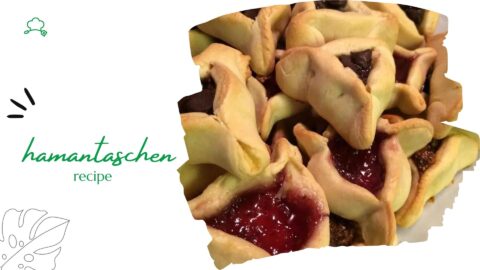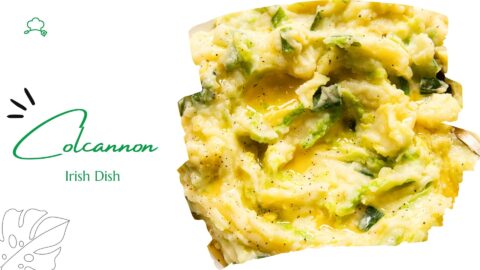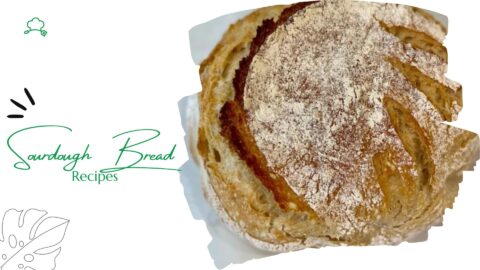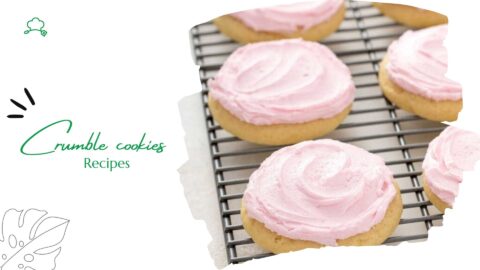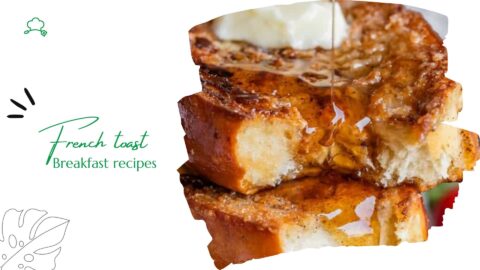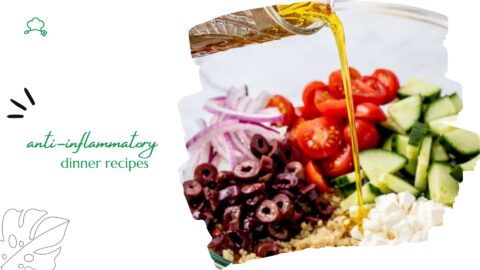Sourdough bread has been a staple food for centuries. The unique flavor and texture of sourdough bread can be attributed to the fermentation process that occurs when making the dough. Sourdough bread is made using a sourdough starter, which is a combination of flour and water that has been left to ferment for several days.
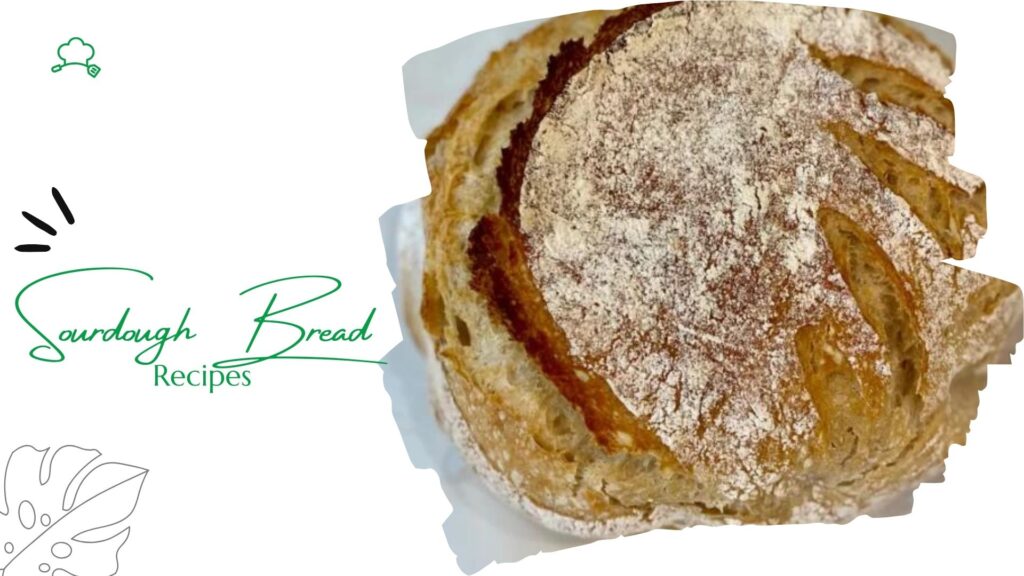
There are countless sourdough bread recipes available, each with its own unique flavor and texture. Some recipes call for additional ingredients such as honey, herbs, or cheese to add extra flavor. Others may require longer fermentation times to achieve a more complex flavor profile. No matter the recipe, the key to making great sourdough bread is patience and attention to detail.
Sourdough Bread Basics recipes
History of Sourdough Bread
Sourdough bread is a type of bread that has been around for thousands of years. In fact, it is believed to be one of the oldest forms of leavened bread. The use of sourdough as a leavening agent dates back to ancient Egypt, Greece, and Rome. It was also commonly used during the California Gold Rush in the mid-1800s. Sourdough bread is made by using a starter, which is a mixture of flour and water that has been allowed to ferment naturally over time. This starter is what gives sourdough bread its distinct flavor and texture.
Ingredients Overview- Sourdough Bread
The ingredients used in sourdough bread are simple and straightforward. Flour, water, and salt are the main ingredients used in most sourdough bread recipes. However, some recipes may call for additional ingredients such as sugar, honey, or olive oil. The type of flour used can also vary, with some recipes calling for all-purpose flour, while others may use a combination of whole wheat and rye flour. The water used should be filtered or bottled water, as chlorine and other chemicals found in tap water can interfere with the fermentation process.
Best Sourdough Bread Recipes :
1
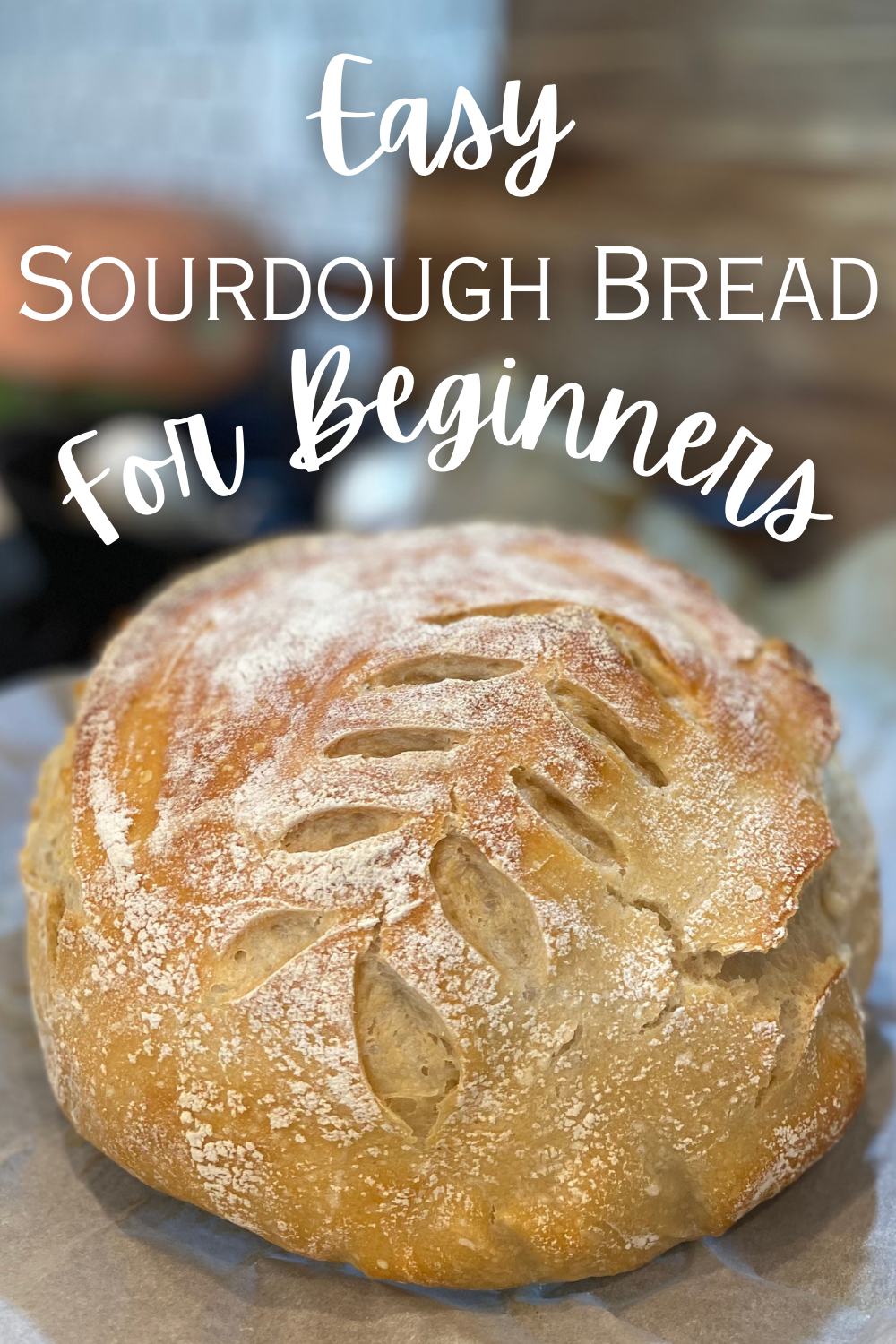
Easy Sourdough Bread Recipe for Beginners
2
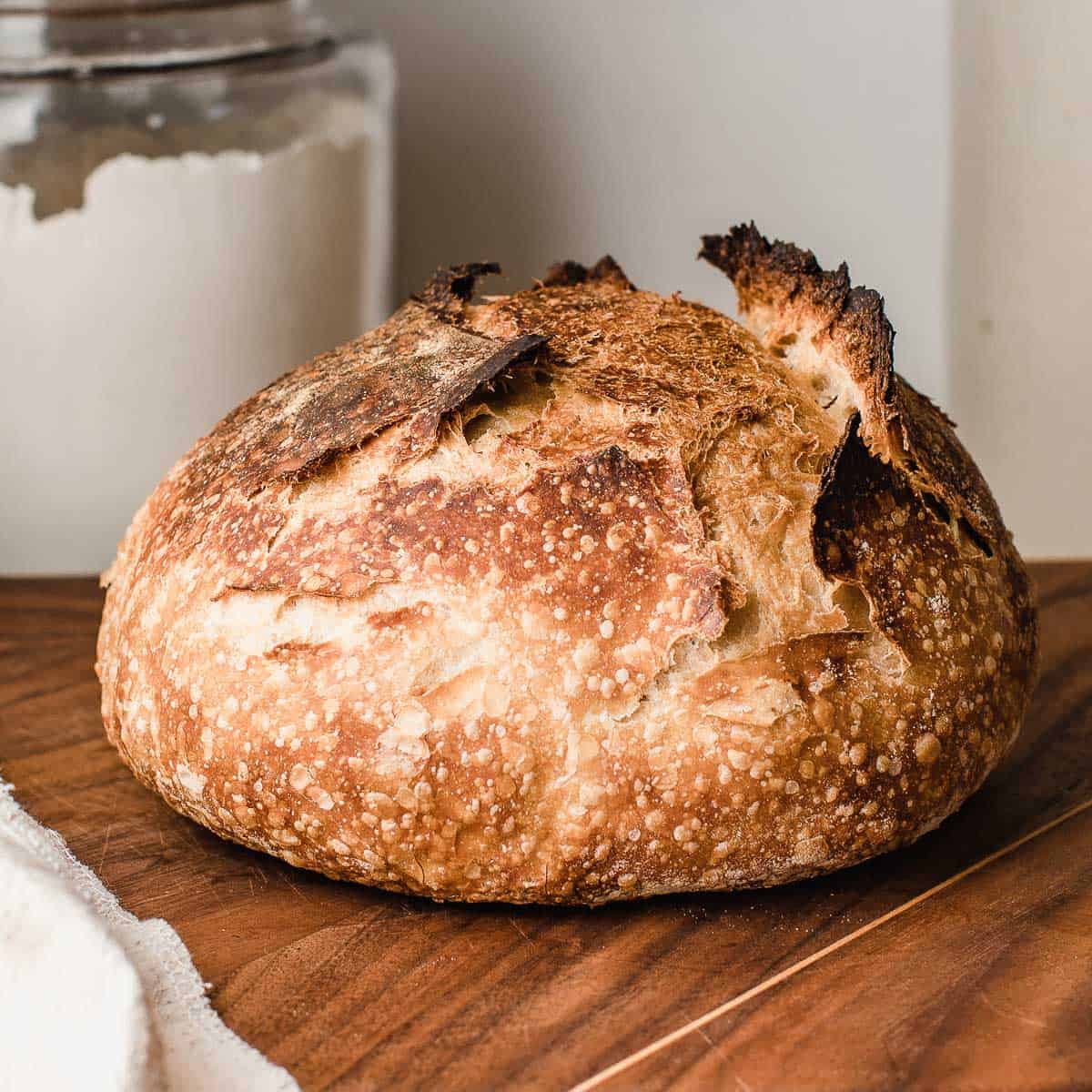
Easy Sourdough Bread Recipe
3
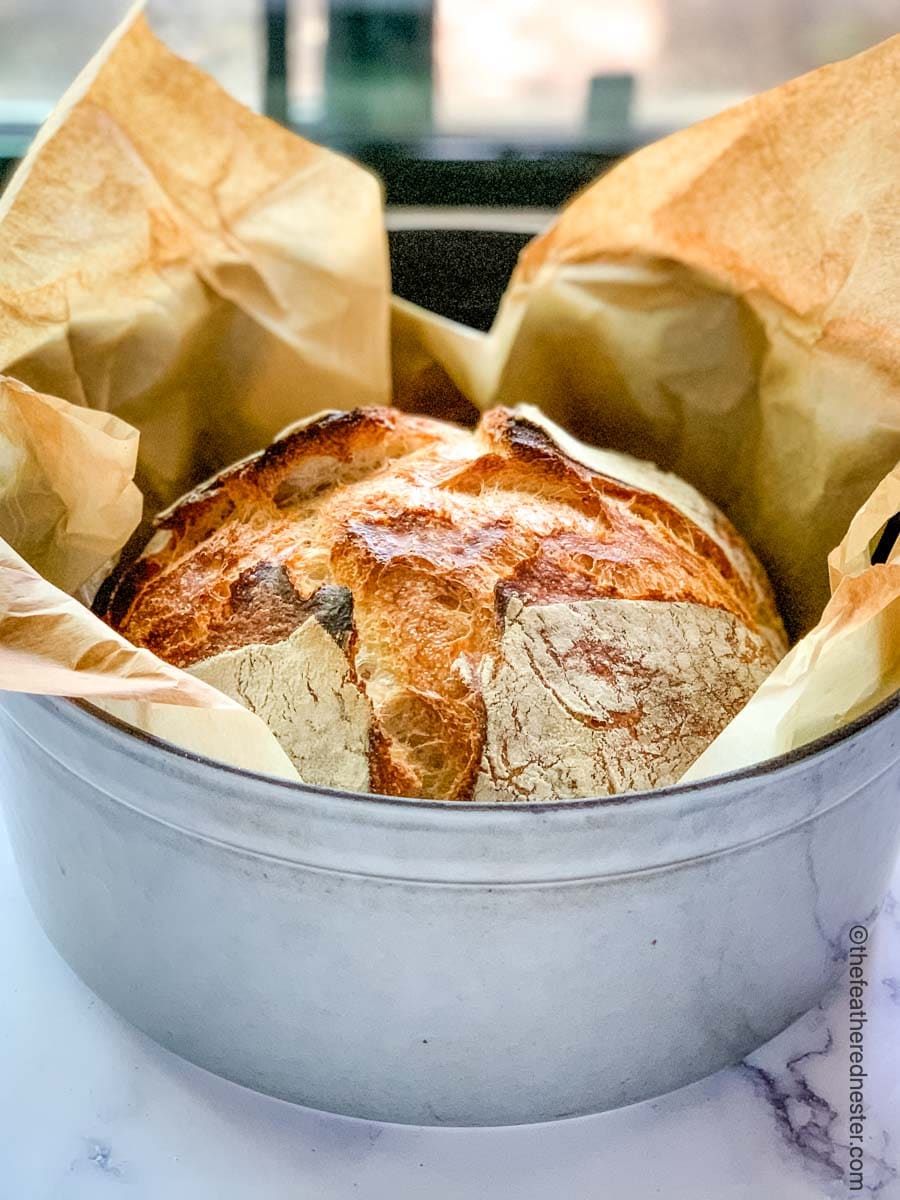
Dutch Oven Sourdough Bread
4

Easy Sourdough Recipe From Starter
5

Sourdough Sandwich Bread
6
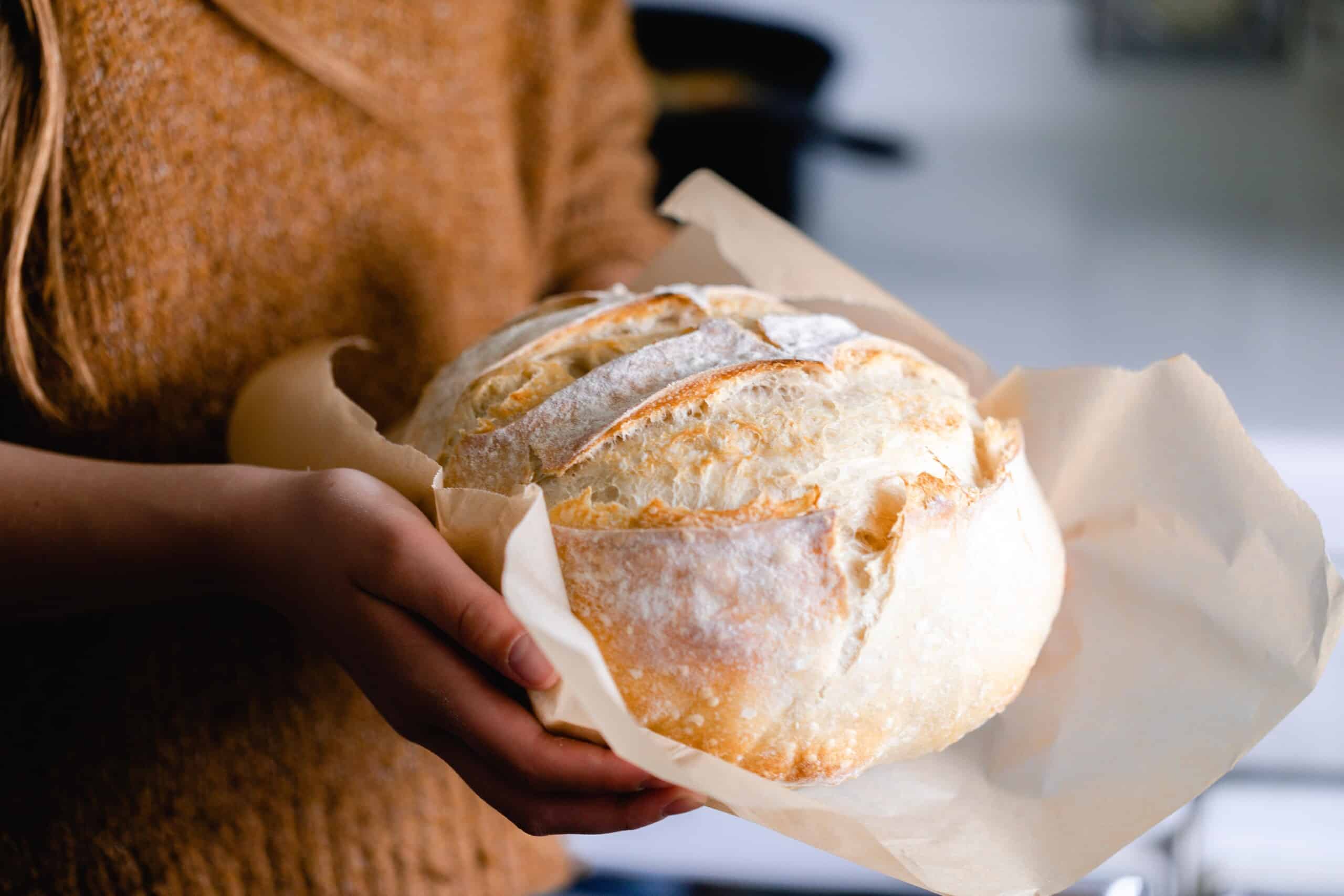
Beginner’s Sourdough Bread Recipe
7

Speedy Same Day Sourdough Bread Recipe (Easy to Make)
8

Dutch Oven Sourdough Bread Recipe (Master Recipe)
9
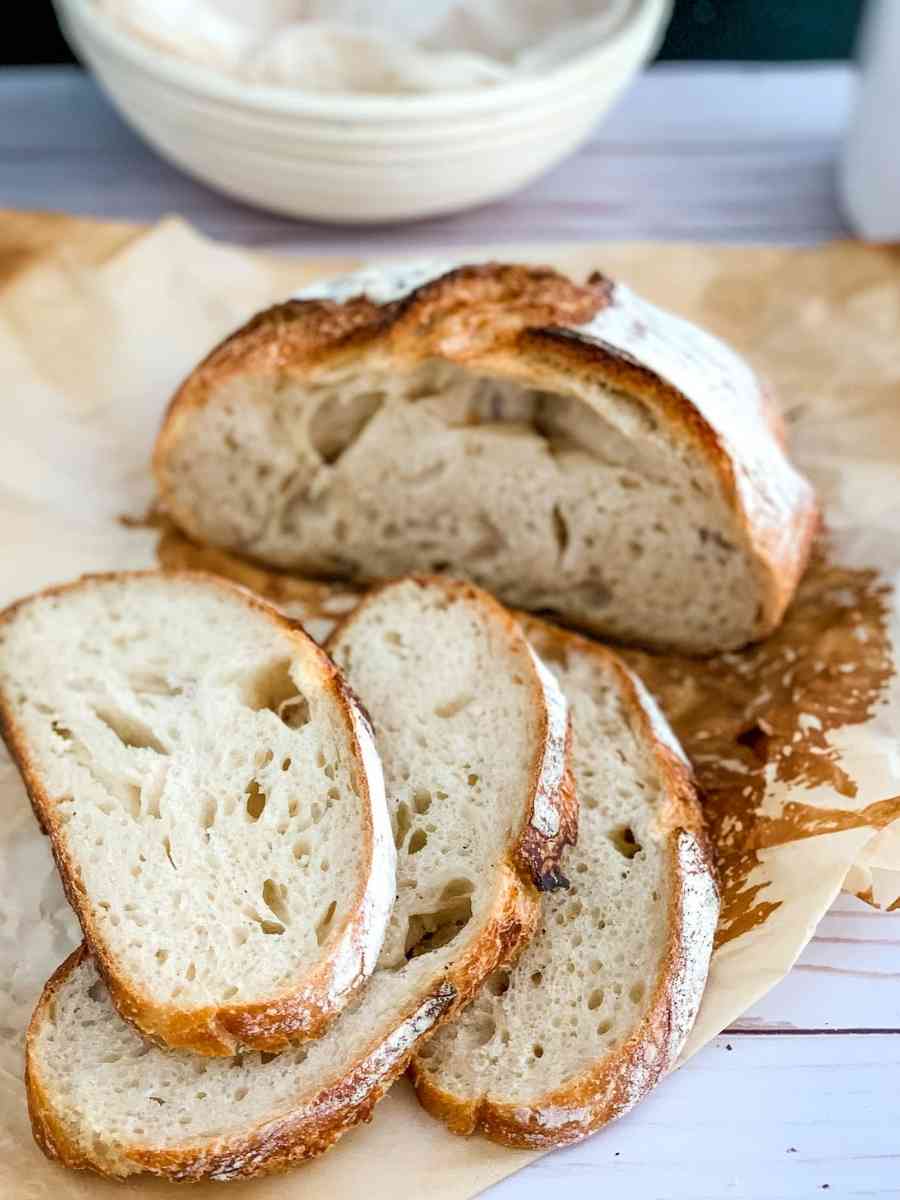
Overnight Sourdough Bread
10

Dutch Oven Irish Soda Bread
11
![Simple Sourdough Focaccia Bread [bubbly + delicious]](https://www.pantrymama.com/wp-content/uploads/2022/04/BEST-SOURDOUGH-FOCACCIA-BREAD-RECIPE.jpg)
Simple Sourdough Focaccia Bread [bubbly + delicious]
12
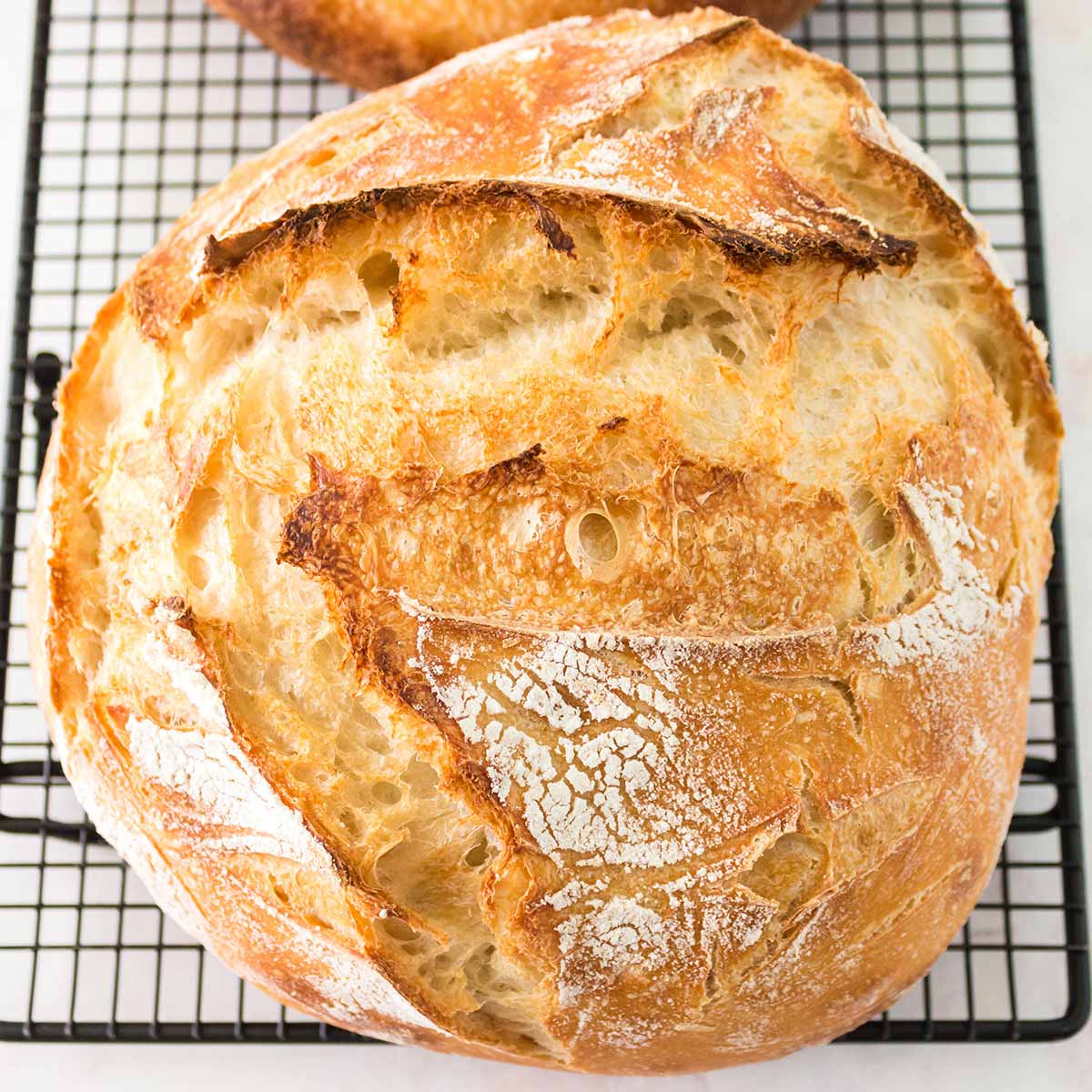
Overnight Sourdough Bread
13
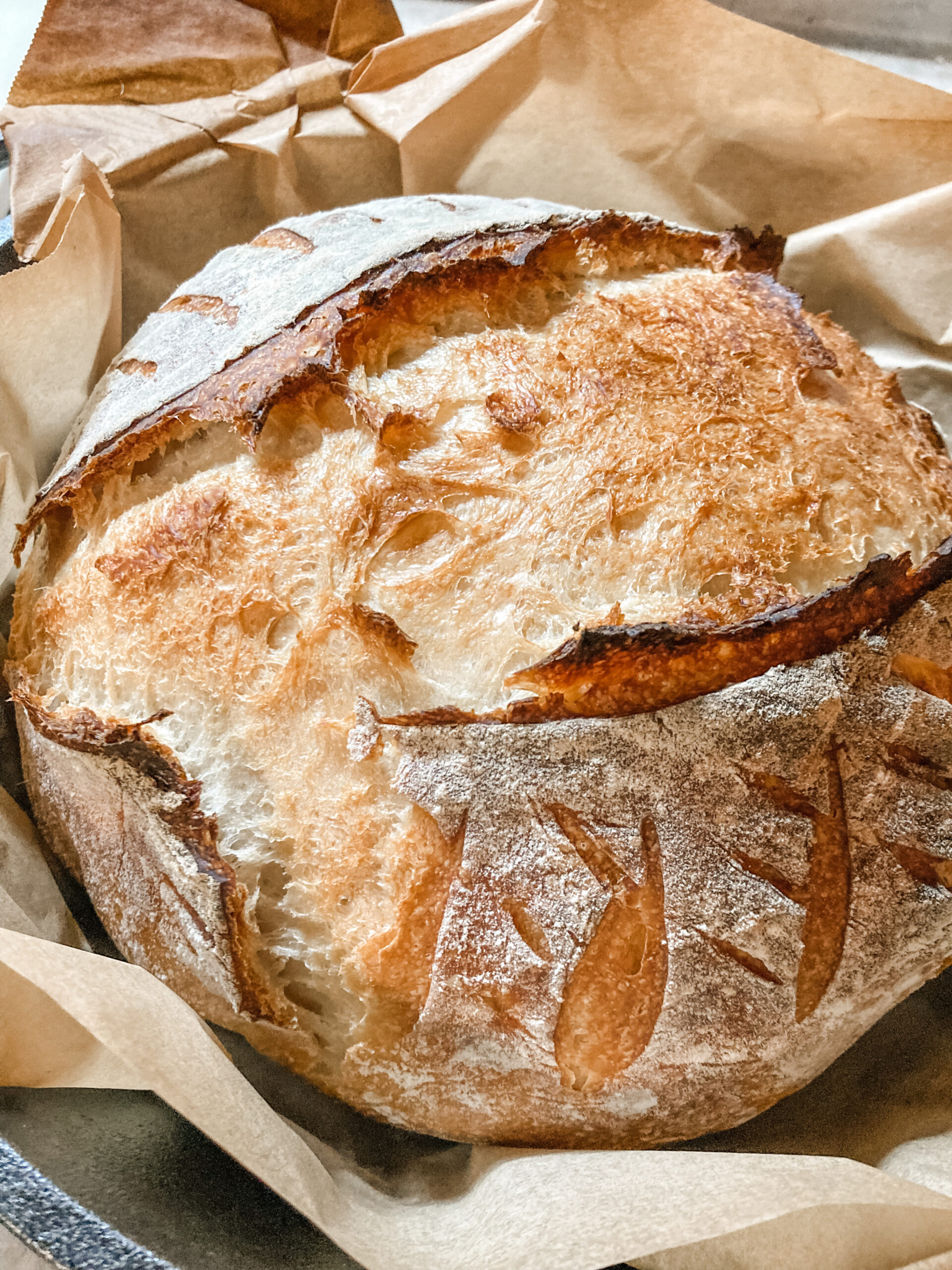
How to Make Homemade Artisan Sourdough Bread – Our Future Homestead
14
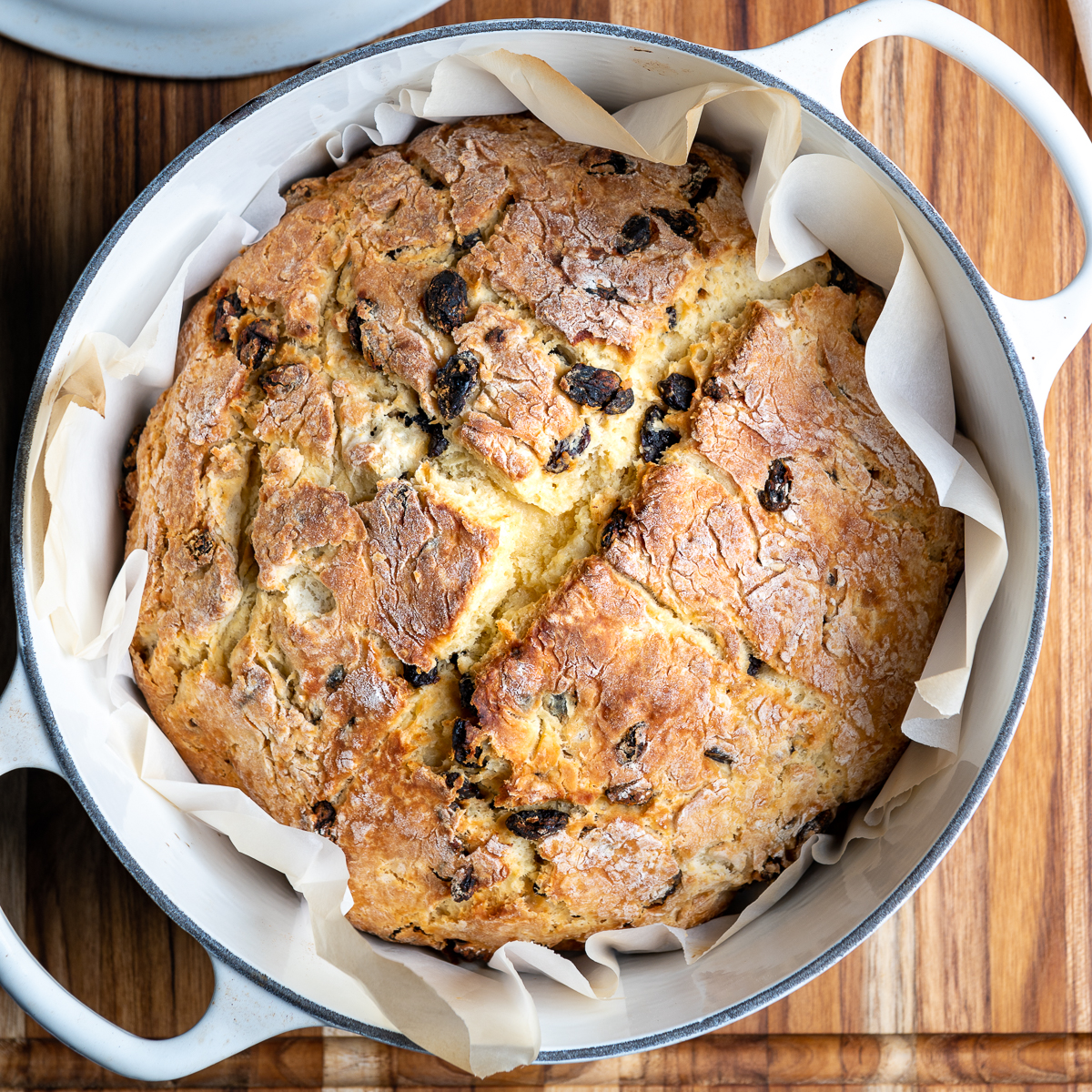
IRISH SODA BREAD (BAKED IN A DUTCH OVEN) – The Genetic Chef
15

Easy Same Day Sourdough Bread Recipe – crave the good
16

Overnight Sourdough Bread
17
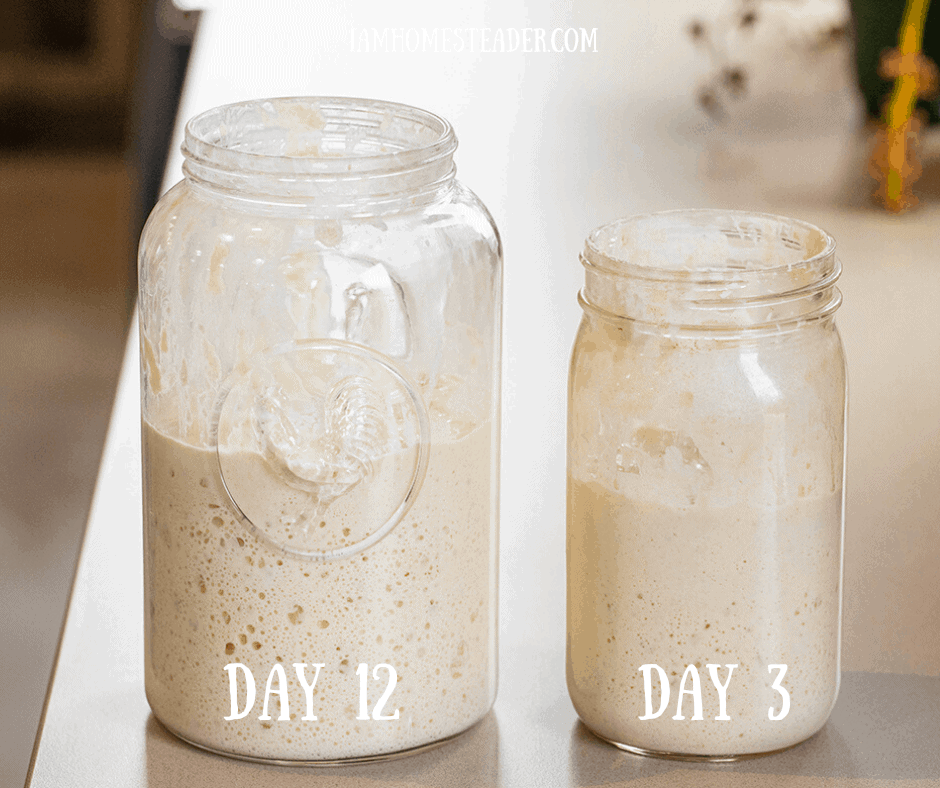
Sourdough Starter
18
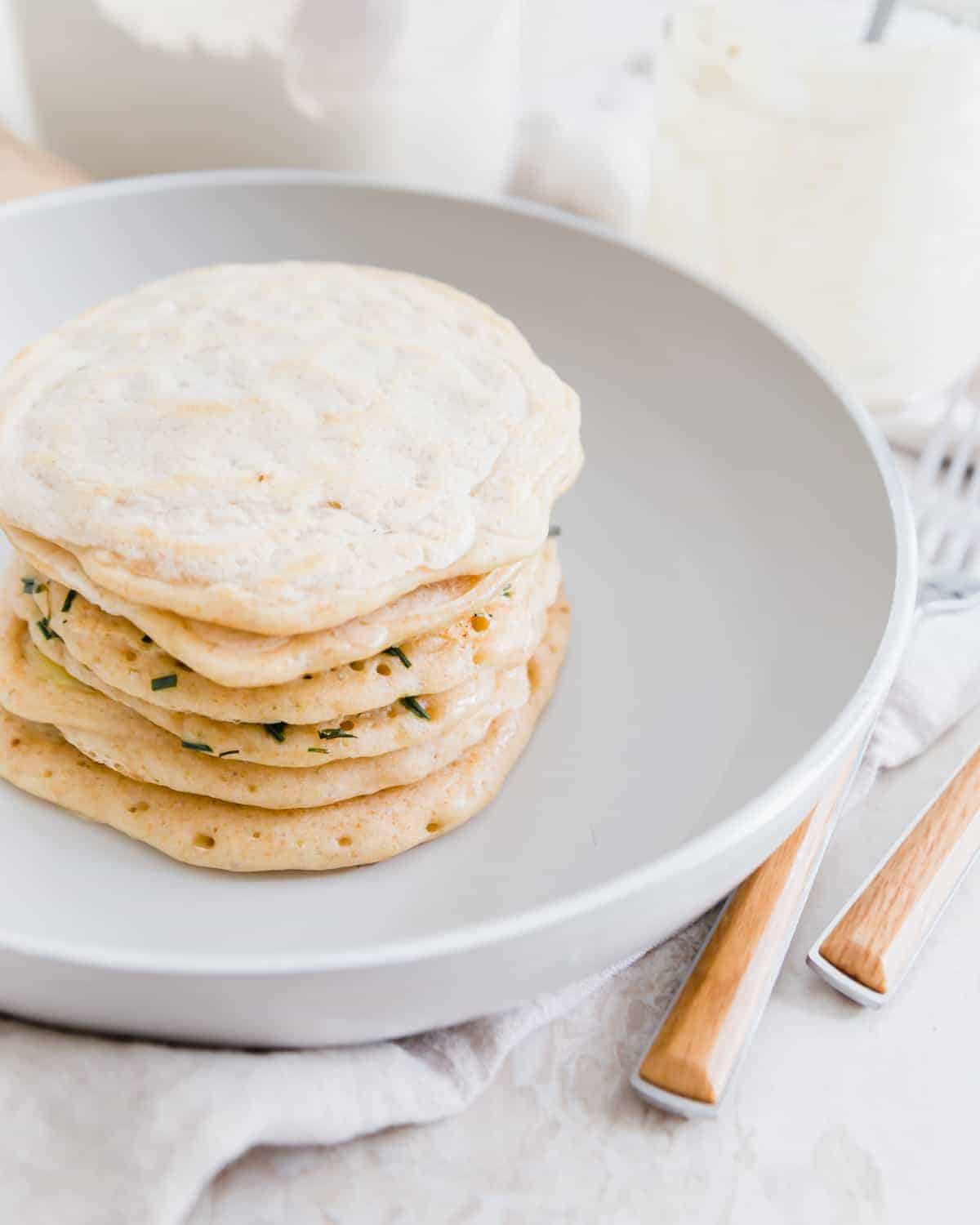
Sourdough Pancakes – 1-Ingredient Sourdough Discard Pancake Recipe
19

Sourdough Crescent Rolls
20
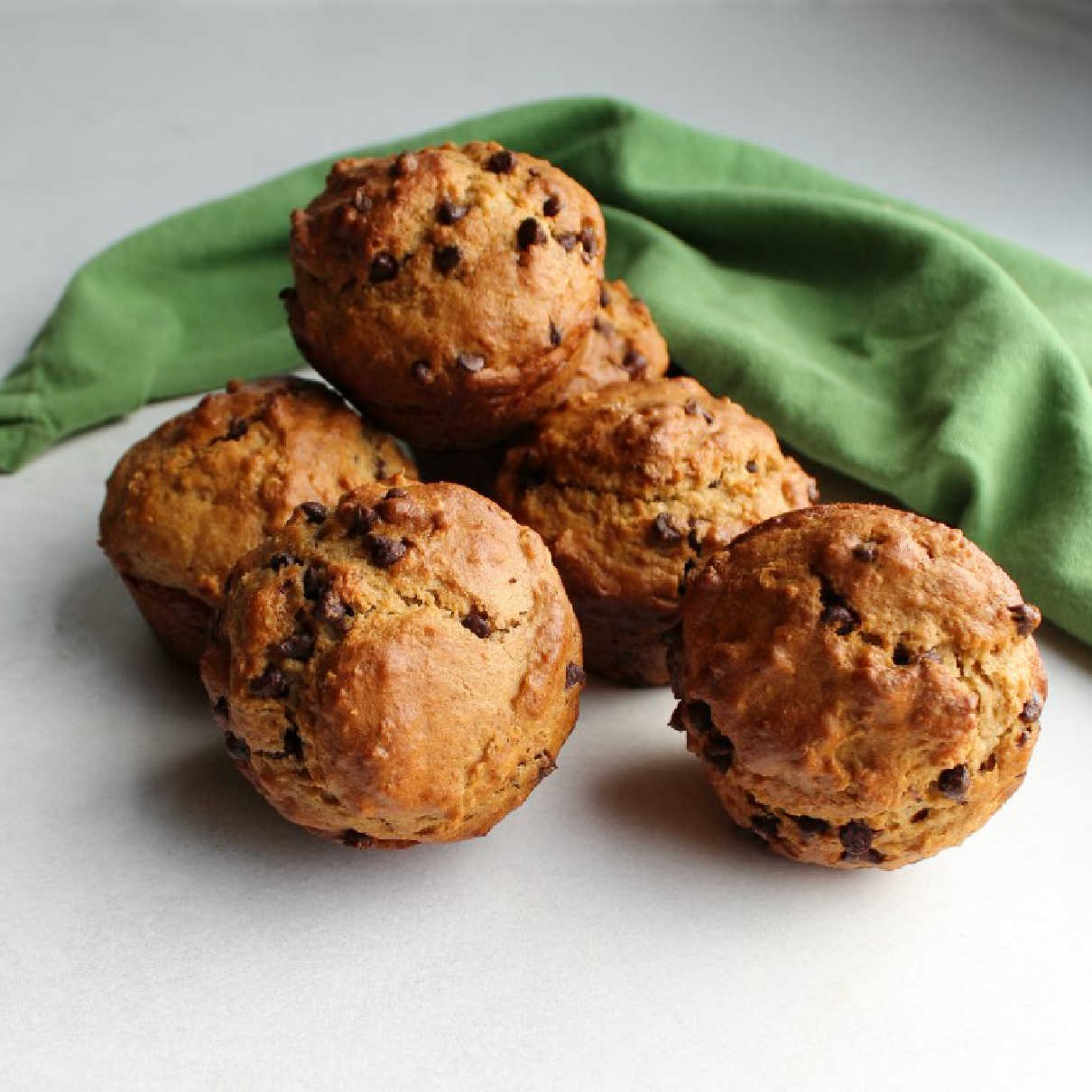
Quick Oatmeal and Chocolate Chip Sourdough Muffins
21
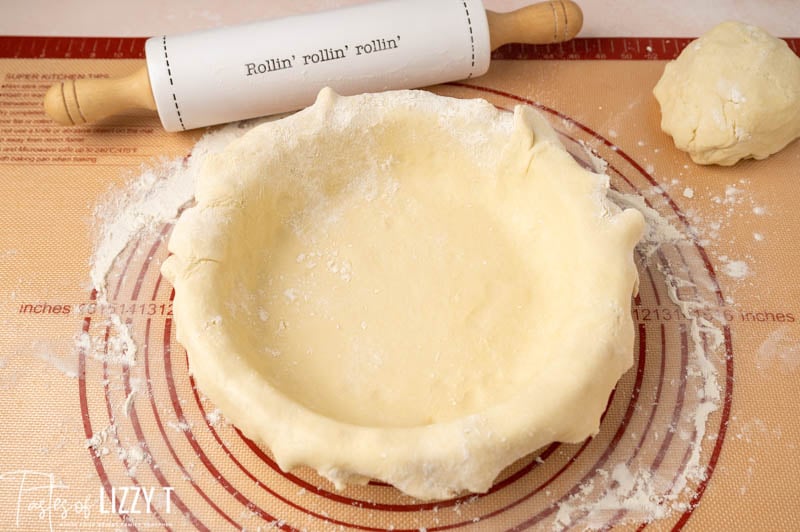
How to Make Sourdough Pie Crust with Discard
Tools and Equipment
Making sourdough bread requires some basic tools and equipment. A mixing bowl, measuring cups and spoons, a kitchen scale, and a dough scraper are all essential tools for making sourdough bread. A Dutch oven or a baking stone is also recommended for baking the bread. A digital thermometer is also useful for ensuring that the bread is baked to the proper temperature.
Overall, sourdough bread is a delicious and nutritious bread that has been enjoyed for centuries. By understanding the basics of sourdough bread, anyone can make their own delicious loaf at home.
Starter Creation and Maintenance
Creating Your Starter
Creating a sourdough starter is the first step in making delicious sourdough bread. To create your starter, mix equal parts flour and water in a clean container and leave it in a warm place. Natural yeasts in the air will begin to colonize the mixture, creating a bubbly and slightly sour mixture over a few days.
It is important to use unbleached flour and non-chlorinated water to create a healthy starter. Some bakers add fruit or honey to their starter to encourage yeast growth, but this is not necessary.
Feeding and Storing Your Starter
Once your starter is established, it needs regular feeding to keep it healthy and active. Feed your starter equal parts flour and water every day or two, discarding half of the starter before each feeding to prevent it from growing too large.
Storing your starter in the refrigerator is a great way to slow down its growth and reduce the need for frequent feedings. Simply feed your starter and then place it in the refrigerator until you are ready to use it again.
Remember to always use a clean container and utensils when working with your starter to prevent contamination. With proper care and attention, your sourdough starter can last for years, providing you with delicious bread for years to come.
Mixing and Kneading Techniques
Hand Mixing
When it comes to making sourdough bread, hand mixing is a popular technique that has been used for centuries. It involves mixing the ingredients together by hand until they form a cohesive dough.
To start, combine the flour, water, salt, and sourdough starter in a large mixing bowl. Use your hands to mix the ingredients together until they form a shaggy dough. Then, turn the dough out onto a floured surface and knead it for 10-15 minutes until it becomes smooth and elastic.
One advantage of hand mixing is that it allows you to feel the dough and adjust the amount of flour or water as needed. It also gives you a better understanding of the dough’s consistency and texture, which can help you achieve the desired results.
Using a Stand Mixer
Using a stand mixer is another option for mixing and kneading sourdough bread. This technique involves using a dough hook attachment to mix the ingredients together until they form a smooth and elastic dough.
To start, combine the flour, water, salt, and sourdough starter in the bowl of a stand mixer. Turn the mixer on low speed and mix the ingredients together until they form a shaggy dough. Then, increase the speed to medium and knead the dough for 8-10 minutes until it becomes smooth and elastic.
One advantage of using a stand mixer is that it saves time and effort compared to hand mixing. It also allows you to mix larger batches of dough more easily, which can be helpful if you are making bread for a large group or for storage.
However, it is important to note that using a stand mixer can sometimes overwork the dough, which can result in a dense and tough texture. To avoid this, it is important to keep an eye on the dough and stop mixing once it has reached the desired consistency.
Bulk Fermentation recipes
Bulk fermentation is a crucial step in making sourdough bread. It is the stage where the dough develops its flavor and texture. Here are two essential factors to consider during bulk fermentation:
Temperature Control
Temperature plays a critical role in bulk fermentation. The ideal temperature for sourdough bulk fermentation is between 70-80°F (21-27°C). At this temperature range, the dough will ferment slowly, allowing the yeast and bacteria to develop flavor and texture. If the temperature is too high, the dough will ferment too quickly, resulting in a weak structure and a bland taste. If the temperature is too low, the dough will ferment too slowly, resulting in a sour taste.
Stretch and Fold Method
The stretch and fold method is a technique used during bulk fermentation to strengthen the dough’s gluten network. It involves stretching the dough and folding it over itself several times. This process helps to incorporate air into the dough, which promotes fermentation and improves the dough’s texture.
Here is a simple step-by-step guide to the stretch and fold method:
- Wet your hands to prevent the dough from sticking.
- Grab the dough at one end and stretch it upwards.
- Fold the dough over itself and press down with your fingers to seal the edges.
- Rotate the dough 90 degrees and repeat the process. Do this four to six times, depending on the dough’s strength.
Using the stretch and fold method during bulk fermentation will result in a more open crumb, a better rise, and a more flavorful bread.
Shaping and Proofing
Shaping and proofing are critical steps in the sourdough bread-making process. With proper shaping and proofing techniques, you can achieve a beautiful, well-risen loaf with an even crumb structure. In this section, we will cover the three most common shaping and proofing techniques for sourdough bread: boule shaping, batard shaping, and proofing baskets.
Boule Shaping
Boule shaping is the classic round shape that many people associate with sourdough bread. To shape a boule, follow these steps:
- Flatten the dough gently with your hands.
- Fold the dough in half and seal the seam by pressing the edges together.
- Rotate the dough 90 degrees and fold it in half again.
- Pinch the seams together to seal them.
- Place the dough seam-side down in a floured proofing basket.
Batard Shaping
Batard shaping is a longer, thinner shape that is similar to a baguette. To shape a batard, follow these steps:
- Flatten the dough gently with your hands.
- Fold the dough in half and seal the seam by pressing the edges together.
- Fold the dough in half again, but this time, only seal the bottom seam.
- Roll the dough gently to elongate it.
- Place the dough seam-side up in a floured proofing basket.
Proofing Baskets
Proofing baskets, also known as bannetons, are used to hold the shaped dough during the final rise. They come in various sizes and shapes and are typically made of wicker or cane. To use a proofing basket, follow these steps:
- Dust the basket with flour.
- Place the shaped dough in the basket seam-side down.
- Cover the basket with a clean towel or plastic wrap.
- Let the dough rise at room temperature until it has doubled in size.
By following these shaping and proofing techniques, you can achieve a beautiful, well-risen loaf of sourdough bread. Experiment with different shapes and techniques to find the one that works best for you.
Baking and Finishing
Scoring Dough
Scoring the dough is an essential step in the baking process. It allows the bread to expand and release steam during baking, resulting in a beautiful crust. To score the dough, use a sharp blade or knife to make shallow cuts on the surface in a decorative pattern. Be careful not to cut too deep as it may deflate the dough.
Steam in Baking
Steam is crucial during the initial stages of baking as it helps the bread to rise and form a crispy crust. To create steam, place a tray of water in the oven during preheating. Once the dough is in the oven, quickly spray water into the oven to create steam. Repeat this process a few times during the first 10-15 minutes of baking. Alternatively, use a Dutch oven or a baking cloche to trap steam and create a perfect crust.
Cooling and Storage of Sourdough Bread
After baking, allow the bread to cool on a wire rack for at least an hour before slicing. Slicing the bread too soon may result in a gummy texture. To store the bread, wrap it in a clean kitchen towel or paper bag and store it at room temperature for up to 3 days. For longer storage, freeze the bread in an airtight container for up to 3 months. To reheat frozen bread, thaw it at room temperature and then warm it in the oven for a few minutes.
Following these simple steps will result in a delicious and beautiful loaf of sourdough bread.
Recipe Variations Sourdough Bread
Sourdough bread is a versatile bread that can be made with different flours and flavors. Here are some recipe variations to try at home:
Whole Wheat Sourdough bread
For those who prefer a heartier bread, whole wheat sourdough is a great option. To make this variation, substitute some or all of the white flour in the recipe with whole wheat flour. The resulting bread will have a denser texture and a nuttier flavor.
Rye Sourdough
Rye flour adds a distinct flavor to sourdough bread. To make rye sourdough, substitute some or all of the white flour in the recipe with rye flour. Rye flour has less gluten than wheat flour, so the resulting bread will have a denser texture and a more pronounced sourdough flavor.
Flavored Sourdough
Sourdough bread can also be flavored with herbs, spices, and other ingredients. Here are some ideas to try:
- Garlic and Herb: Add minced garlic and chopped herbs like rosemary, thyme, and parsley to the dough.
- Olive: Mix chopped olives into the dough for a salty, savory flavor.
- Cinnamon Raisin: Add cinnamon and raisins to the dough for a sweet, spicy bread that’s perfect for toast.
Experiment with different flavors and ingredients to create your own unique sourdough bread recipe.
Troubleshooting Common Issues
Dough Strength Problems
One common issue when making sourdough bread is weak dough. This can be caused by several factors, including using low protein flour, not kneading the dough enough, or not allowing enough time for the dough to rest and develop gluten. To fix this issue, try using higher protein flour, kneading the dough longer, or letting the dough rest for a longer period before shaping.
Crust and Crumb Issues
Issues with crust and crumb can also arise when making sourdough bread. A common issue is a thick, tough crust. This can be caused by baking the bread at too high of a temperature or not providing enough steam in the oven. To fix this issue, try lowering the baking temperature and adding a pan of water to the oven to create steam. Another issue is a dense, gummy crumb. This can be caused by not allowing the bread to cool completely before slicing or by not baking the bread long enough. To fix this issue, be sure to allow the bread to cool completely before slicing and bake it until the internal temperature reaches at least 200°F.
Remember, making sourdough bread takes practice and patience. Don’t be discouraged if your first few loaves don’t turn out perfectly. Keep experimenting and adjusting your techniques until you find what works best for you.
Sourdough Bread Community and Resources
Sourdough bread baking has gained a significant following in recent years, and with it, a supportive community of bakers has emerged. In this section, we will explore some of the resources available to sourdough enthusiast


